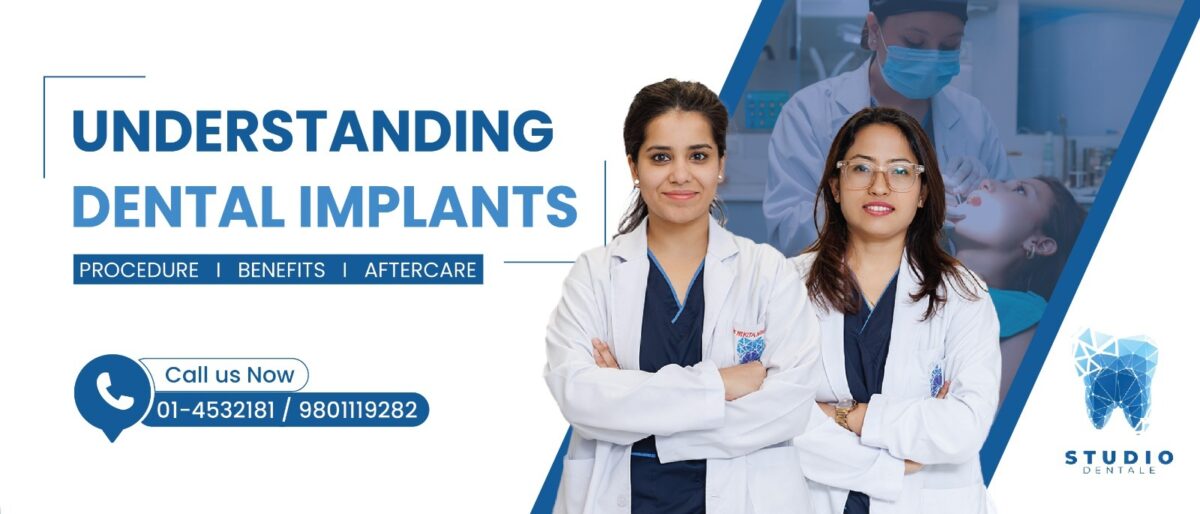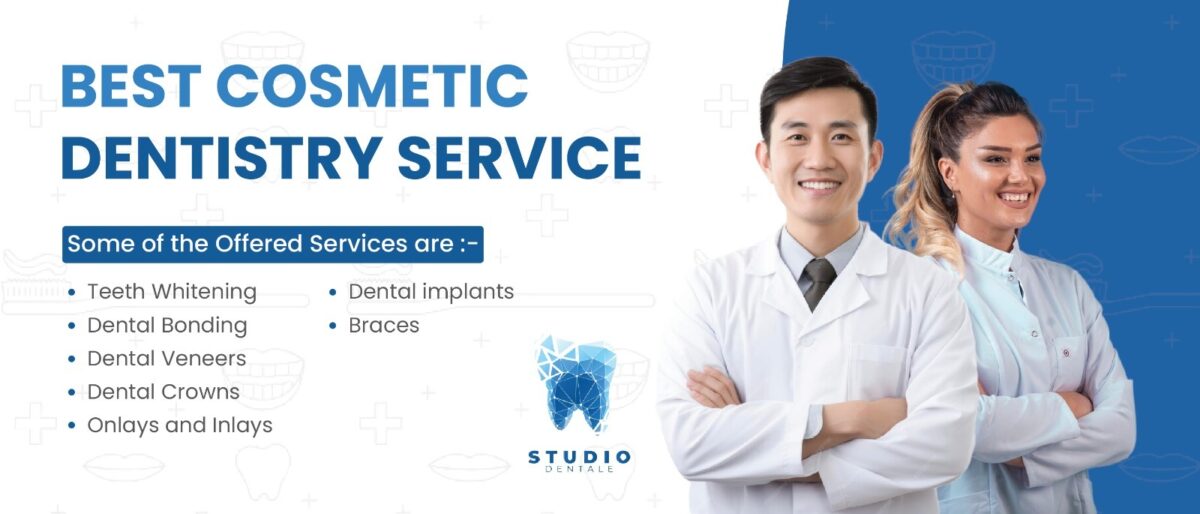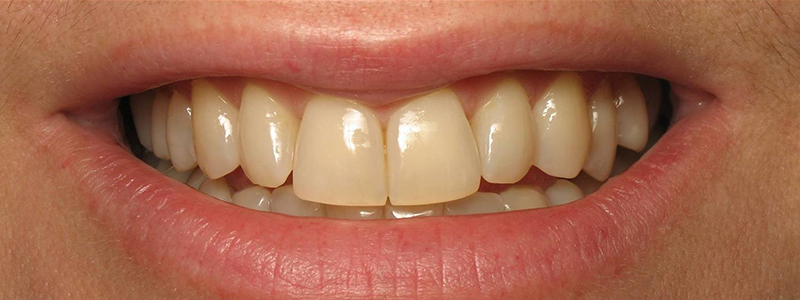A dental implant, also called an endosseous implant or fixture, is a prosthesis that interacts with the jaw or skull’s bone to support or serve as an orthodontic anchor for dental prostheses such crowns, bridges, dentures, and facial prostheses.After losing a tooth due to an illness or accident, a person may experience awkward eating habits, rapid bone loss, or difficulty speaking. In place of a lost tooth, a dental implant can significantly improve a patient’s quality of life and general health.
A dental implant system is made up of the implant body, abutment, and perhaps an abutment fixation screw. The body of the dental implant is surgically placed in the mandible to replace the tooth’s root. The dental implant abutment extends through the gums into the mouth to support the implanted artificial teeth. It is typically fastened to the implant body by the abutment fixation screw.
Procedure
Depending on the kind of implant and the state of your jawbone, different dental implant surgeries have different procedures. Multiple procedures may be involved in dental implant surgery
- Apply Anesthetic To You:
To make your gums numb, they will inject local anesthetic. They will also give you those drugs if you choose sedation. - Make An Incision:
After you’re at ease, your dentist will perform the gum incision (cut) necessary for the dental implant. In order to insert the implant, your surgeon must first expose the bone below. - Set Your Jaw Ready:
To make an incision in your jawbone, your surgeon will employ a number of specialized tools. They will enlarge the aperture until it is precisely the proper size for your newly placed dental implant. - The Dental Implant Should Be Placed:
Once the dental implant is precisely positioned within your jaw, your surgeon will proceed. - Sever The Wounds
The incision will be stitched shut once your surgeon realigns your gums.
The steps for dental implant placement are generally the same for everyone. However, a dental implant and restoration (such as a crown or bridge) can occasionally be installed by a surgeon in the same appointment. However, before your dentist can safely install a final restoration, most of the time you’ll need to wait a few months for the implant to recover. In such situations, your dentist may create a temporary repair for you to wear while the injury heals, which is often removable.
Benefits:
When capped with a crown, dental implants are often very durable and closely resemble a natural tooth in appearance and feel. Compared to other options, they have numerous advantages.
- Durability:
The benchmark of gold titanium dental implant is a Reliable Source for replacing lostteeth. Over a ten-year period, dental implants have a success rate of over 97% and can outlast alternatives. - Prevents Bone Loss :
The bone loss that happens when you lose a tooth may be avoided with dental implants.
Your jawbone is no longer under tension in that area of your mouth when you lose a tooth. Your body reabsorbs and breaks down some of the bone tissue over time. Numerous studiesTrusted Source have found that 30% of the alveolar ridge is lost after tooth loss. Your alveolar ridge is the part of your jawbone that contains your tooth socket. Most bone loss occurs in the first 6 months. - Natural Look And Feel:
A dental implant acts as an artificial root for your tooth. Dentists can put a crown on the top of the implant that helps mimic the look and feel of a natural tooth and may feel more comfortable than alternative treatments such as - Destabilizes neighboring teeth :
Your bite and chewing skills may suffer if you have a missing tooth because neighboring teeth may move toward the space. By keeping the neighboring teeth fromdrifting, an implant can close the space between your teeth and maintain their health ventures. - Behaves like natural teeth when speaking and chewing
A dental implant more closely mimics your natural teeth when chewing than traditional dentures or bridges. It also may help preserve your speech patterns by filling holes in your teeth that cause changes to the way air passes through your mouth when you talk. - Restores the bite force:
Researchers discovered that an implant-supported overdenture of the lower jaw boosts biting force when compared to standard dentures in a 2016 studyTrusted Source.
After Care
To ensure that your healing process begins right away after your treatment, you should follow your doctor’s directions. That’s crucial for the first three to four days following dental implant surgery that you receive at home. This is a general overview of those days during the healing process. Following a dental implant operation is essential to its success and durability. You should see your dentist again soon after surgery to check on implant integration and healing.
- Follow the Aftercare Guidelines
Following your dentist’s aftercare instructions to the letter is crucial once you’ve received your dental implants. If you follow through on this, you should have no trouble getting well soon and going back to your regular activities. - Control Swelling and Pain
There will definitely be some swelling following the dental implant process, and there may be some discomfort. Thankfully, there are steps you may do to lessen both. Depending on the procedure, your doctor may recommend prescription drugs in addition to over-the-counter ones. These may lessen soreness and, on occasion, irritation. Using an ice pack to relieve swelling is another option
- Limit Hemorrhaging
You should expect some crimson saliva and some bleeding immediately following the surgery. Your physician will give you some gauze to help with this problem, but it can get so saturated that it doesn’t work anymore. Then you can put fresh gauze in its place. Get in touch with your physician if the severe bleeding does not stop for a long time.
- Eating and Drinking
Your doctor will make planning your diet more manageable by providing you with a list of dos and don’ts after your procedure. Following this list carefully is crucial, or you may encounter some complications with your recovery.
- Physical Activities
Anything that could lead to a setback—not to mention discomfort—should be avoided. You should be able to resume modest activity after four days, and the following week, you should gradually increase to more intense, heavier activities.
- Oral Hygiene Routine
The ongoing success of most dental procedures will hinge on your commitment to an excellent oral hygiene routine, and dental implants are no different.
Conclusion
Elderly people can live far better lives with dental implant therapy. By means of conversations with the patient, caregiver, and potentially other family members, the physician must carefully evaluate the patient’s expectations and aspirations and strike a balance between them and the time and resources required to achieve satisfactory results. The patient should be the center of care delivery. The patient’s logical needs should be best met, and their quality of life should be enhanced. This can vary from receiving no therapy at all to full implant recovery.
Regardless of the suggested treatment plan, physicians must ultimately ensure that the patient understands it, wants it, and that it aligns with our profession’s capabilities.






